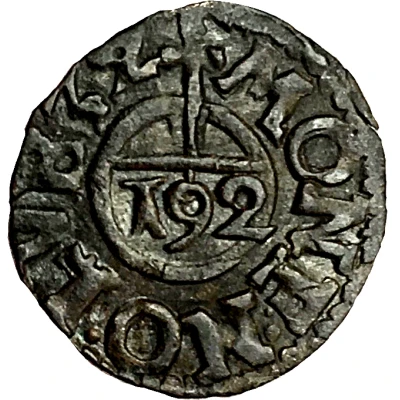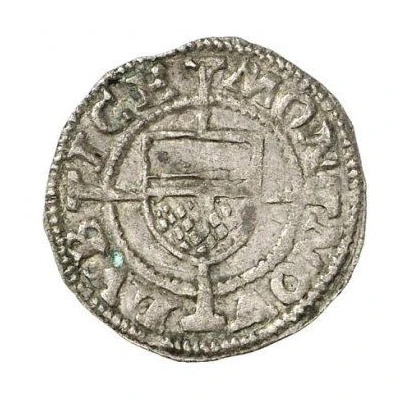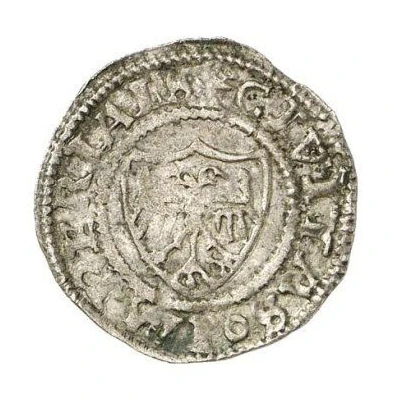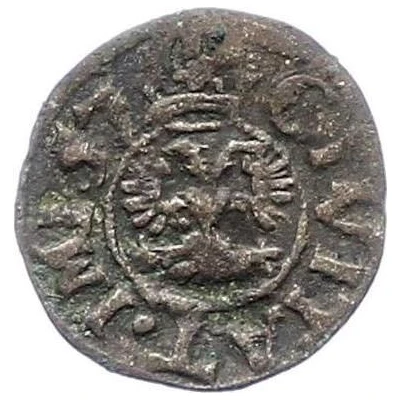


© apuking (CC BY-SA)
1 Dreiling
| Billon | 0.41 g | 14 mm |
| Issuer | Free Hanseatic city of Lübeck (German States) |
|---|---|
| Period | Free city (1226-1811,1815-1937) |
| Type | Standard circulation coin |
| Years | 1609-1712 |
| Value | 1 Dreiling (1⁄192) |
| Currency | Thaler |
| Composition | Billon |
| Weight | 0.41 g |
| Diameter | 14 mm |
| Shape | Round |
| Orientation | Medal alignment ↑↑ |
| Demonetized | Yes |
| Updated | 2024-10-05 |
| Numista | N#128005 |
|---|---|
| Rarity index | 92% |
Reverse
Crowned imperial eagle.
Script: Latin
Lettering: CIVITA(T). IMPER(I)(A)(L).
Interesting fact
One interesting fact about the 1 Dreiling coin from the Free Hanseatic city of Lübeck is that it was made of Billon, a type of alloy that was commonly used in the production of coins during that time period. Billon is a mixture of silver and other metals, such as copper or tin, and was used to create a coin that was lighter in weight and had a lower intrinsic value than a solid silver coin. This allowed the production of coins to be more affordable and accessible to a wider range of people.



